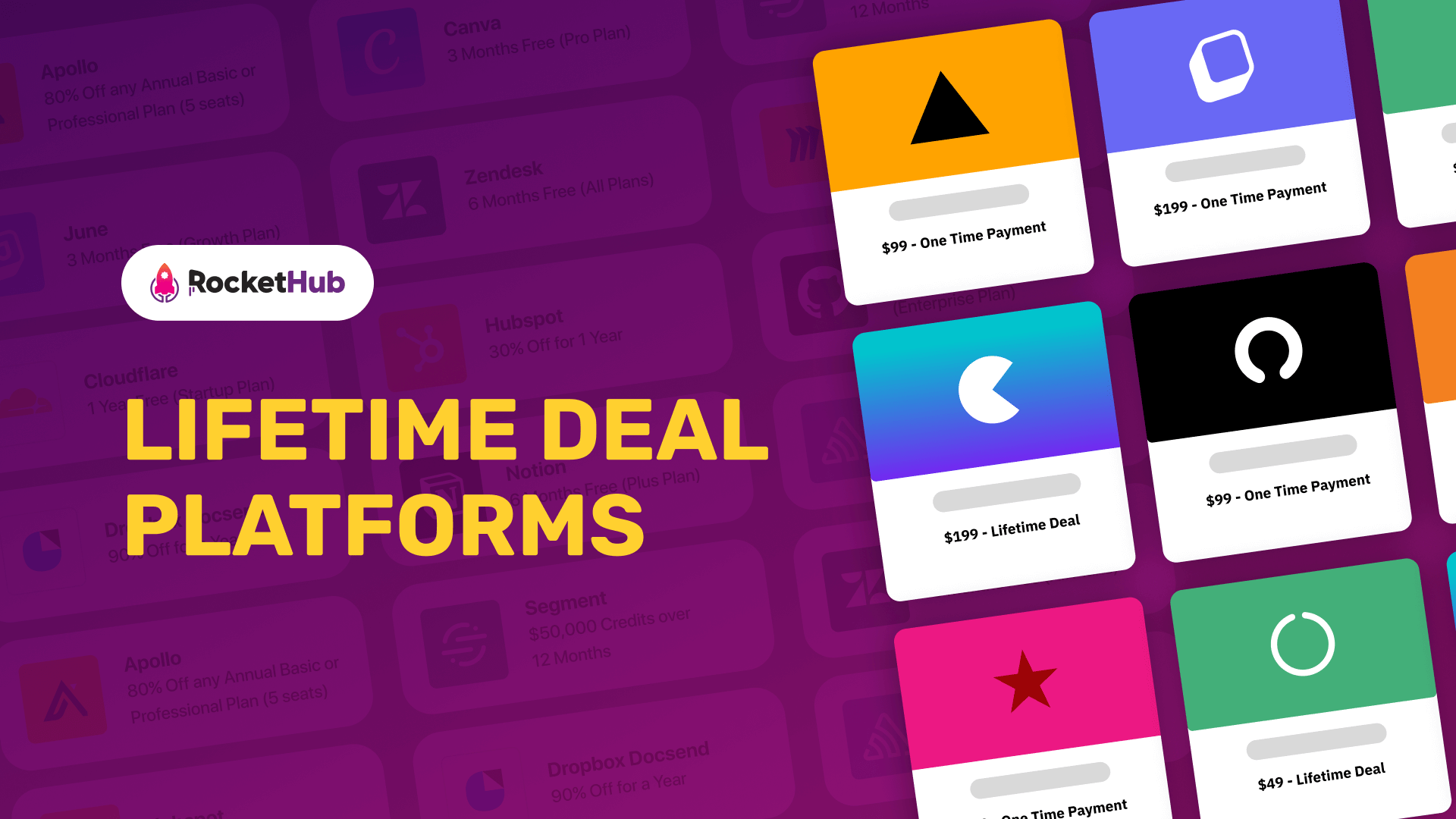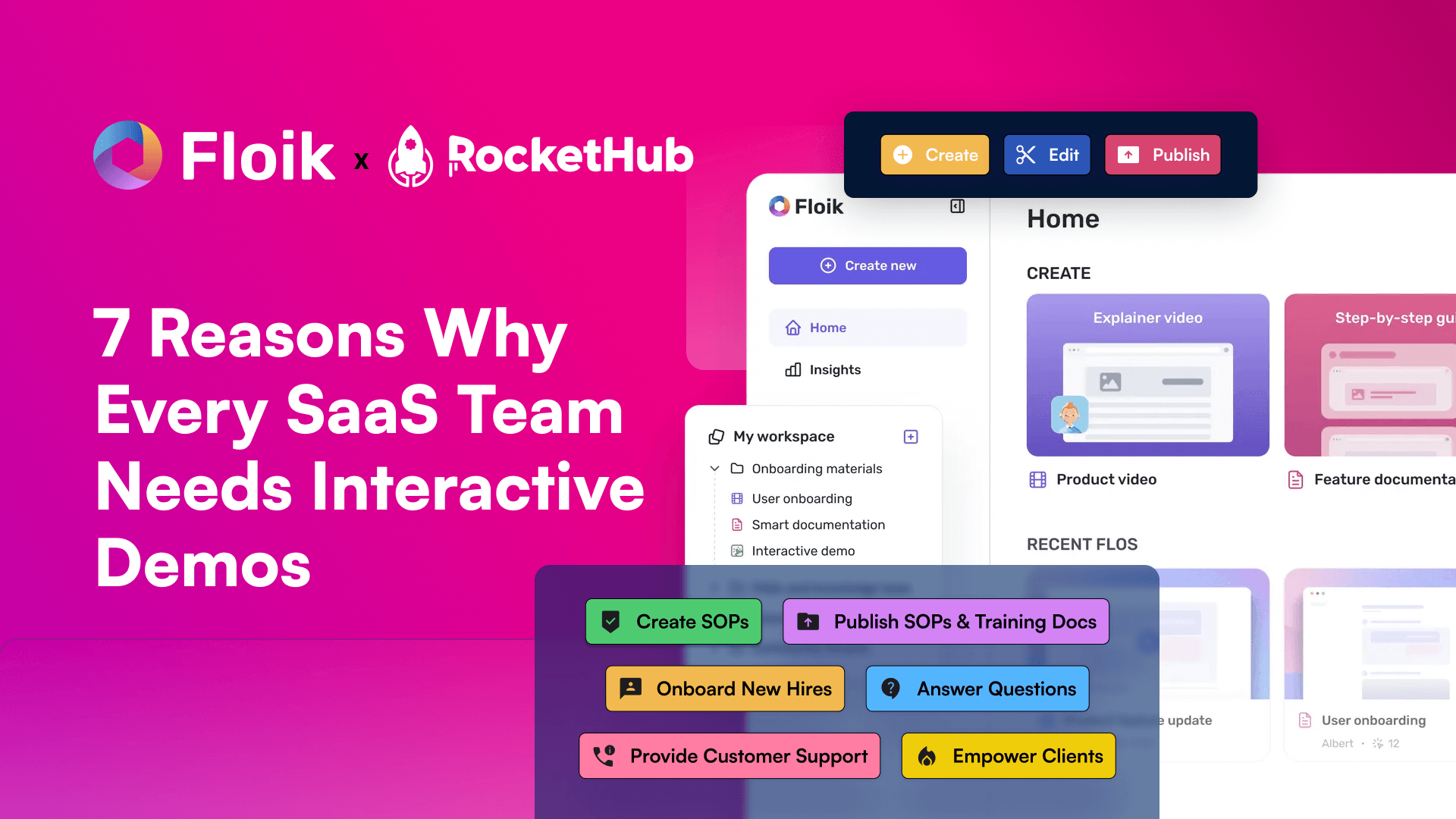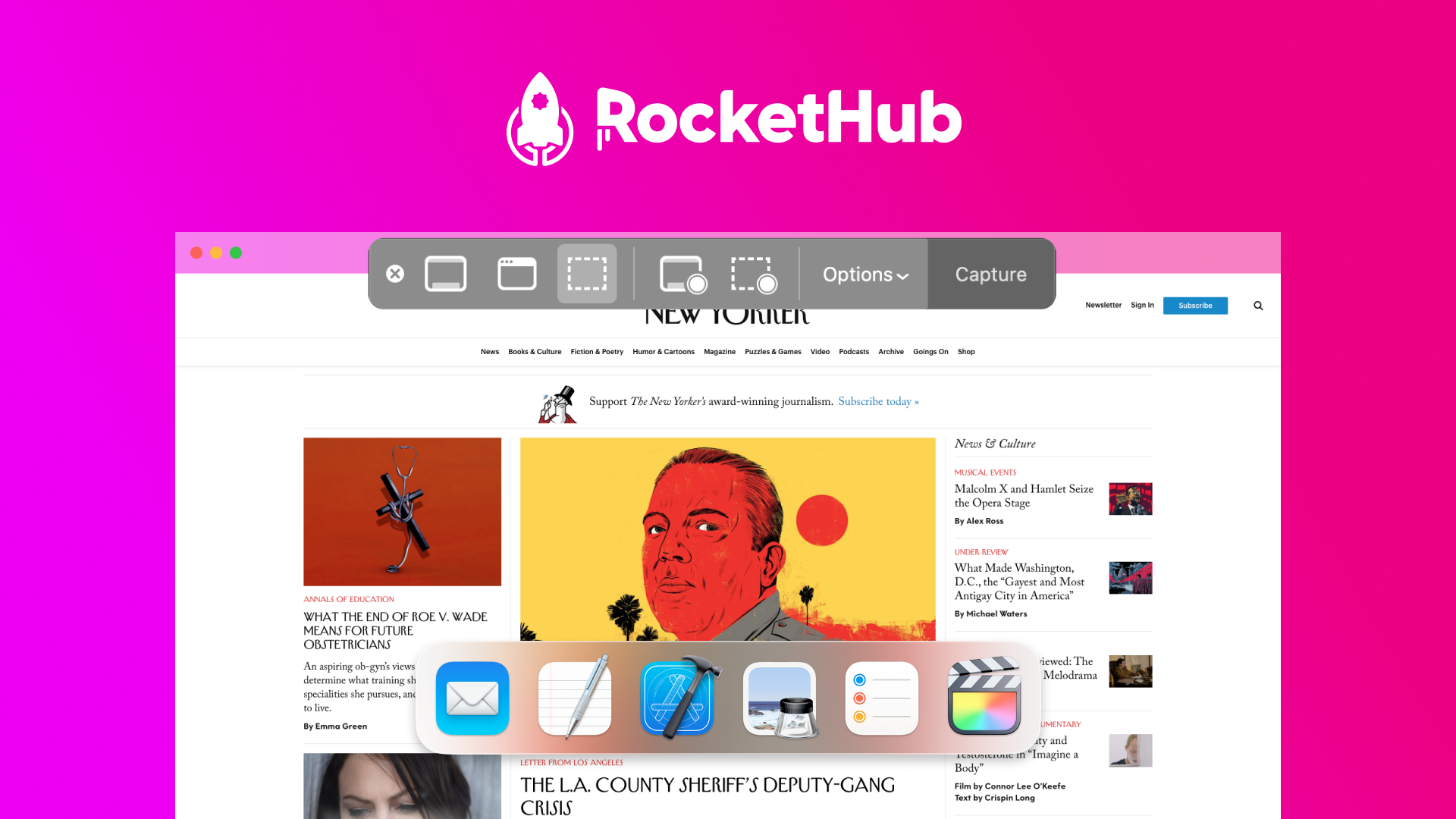
The A to Z of Creating a SaaS Business Plan
- Angel Alfred
- November 24, 2022

Are you thinking of stepping into the SaaS world? If so, you’ll need to create a kickass business plan. This can seem like a daunting task, but we’re here to help. In this blog post, we’ll take you through the process of creating a SaaS business plan, from start to finish. We’ll cover everything from market research to financial projections, so you can get your business off the ground.
Coming Up With a SaaS Business Plan

If you are creating a business plan for your SaaS startup, we recommend you follow the following structure:
1. Executive Summary
The executive summary is the introduction of your SaaS business plan. This is a section you should spend a lot of time on as it’s the first impression investors will have when looking at your business plan.
The executive summary should fit into 2 pages maximum. Make it to the point, and concise, and make sure to answer the following questions:
- What is the problem you want to solve?
- What is your solution?
- Who are the co-founders behind the project?
- Do you have early traction?
- What are you asking for (capital from investors, government grant application, etc.)?
2. The Problem
This is the “why” of your business. Explain in this section what is the problem you are trying to solve.
The greatest businesses are solving big problems, yet they aren’t necessarily obvious. For instance, if your SaaS startup aims to solve the pain points of HR administrative tasks (human errors, low digitalization, time-consuming, etc.) make it clear here. Not everyone is knowledgeable about companies’ support functions processes, let alone HR.
Ideally, you would list the 2/3 friction points you aim to fix. For instance, digitalization usually fixes multiple problems at once: it is fast, seamless, and accessible (vs. slow, prone to errors and non-readily available/accessible solutions).
3. The Solution
Your startup builds and commercializes a product and/or a service that solves the problem explained earlier.
This section should not explain in detail your product or how it works. Instead, it should focus on the benefits for your customers.
Ideally, you should compare the pain points explained in section 2 (the Problem) to the benefits your solution brings to your customers. That way, it is crystal clear to investors your solution really adds value to potential customers.
4. Market Opportunity
Here, you need to clearly identify 2 very important metrics:
- Market size: how big is your market?
- Market growth: how fast does your market grow?
If you are operating in a niche market, chances are that you will face some challenges: the information might not be publicly available. In any case, you should be able to make a high-level estimation of your market. Read our article on market sizing and how to estimate TAM, SAM, and SOM for your startup.
When looking for these metrics, you have multiple sources of information like public reports, specialized press, etc. Even public companies publish press releases and annual reports including some of their proprietary market estimates so be sure to look there too.
5. Competitive Landscape
How fragmented is your market? Are there 3 big players sharing 90% market share or thousands of small players? You can refer to public market reports and your own understanding of the competitive landscape.
Here are a few questions you could ask yourself, among others:
- Who are your competitors?
- Are they local, regional, national, or global?
- Do they have mobile and/or desktop applications?
- Where do you position yourself vs. the competition?
- Is your solution a game changer other competitors don’t have (yet)? Do you have competitors with similar products/services?
Ideally, you would create a small table with, for each type of competitor (e.g. global diversified companies, small pure players, etc.) the main characteristics they share or not. For instance, do they all have a global presence? Do they have an on-premise or a SaaS solution?
Do they offer both a desktop and mobile app, or just a desktop? What is their relative price positioning (expensive vs. accessible)?
6. Business Model

This section is very important. Now that we have clearly identified the problem you are solving and the benefits of your solution, let’s have a closer look at your product.
This is where you clearly explain 2 key things:
- How does your product work?
- Explain what your product is and how it works. For instance, is it a desktop and/or a mobile SaaS application? Who is it for exactly (is this an FP&A application only for CFOs or a Slack-like collaboration tool for any type of user)?
7. Intellectual Property
This section is optional – only include it if you already have an MVP. If so, you have a strong argument for product-driven investors which will give a lot of credit to your tech.
Be careful not to go into too many specifics though: investors aren’t always engineers by training. Do not put things like the programming language you have chosen (e.g. React, Python) or the database provider (PostgreSQL, MongoDB).
8. Marketing Strategy
This section explains how you acquire customers.
Are you selling a SaaS solution to B2B customers? Or is this a B2C product? This will determine whether you have an inbound or outbound acquisition strategy or both.
Inbound acquisition: Fully digital acquisition. It can be either paid (paid ads e.g. Google Ads) or organic (content, SEO). Essentially, you convert customers from leads who land on your landing page. This strategy is most common for B2C SaaS businesses
Outbound acquisition: You acquire customers thanks to your sales team who contact potential customers via phone, email, or in-person sales efforts. This strategy is very common for B2B SaaS businesses.
Once you have clearly explained your acquisition strategy and what tools you are using (e.g. Google Ads for paid search, Instagram and/or newsletter for content), ideally you can show, among others:
- Your average Customer Acquisition Cost (only if you have early traction)
- The number of salespeople you have today
- How many customers do your salespeople close per month on average
- Your monthly paid ads budget
- The number of followers you have on social media
- Your newsletter count
- Google Analytics dashboard
9. Roadmap
The roadmap tells investors where you are going and how your is product going to evolve in the future. You can either keep it high-level (e.g. your long-term strategy) or more detailed (e.g. the pipeline of the near-future product features).
Investors do not just invest in your product as it is today. For example, you might only have developed an MVP with limited features for early adopters while your product could be tweaked and serve a much larger customer base in the future.
Note
If you choose to include your product pipeline, keep it very simple. Your SaaS business plan isn’t your product manager’s presentation to engineers. Instead of features, focus on the additional benefits and customer segments you might target as such. For instance, if you plan to launch a messaging feature, focus on the fact it will open new growth opportunities (e.g. network effects).
10. Team
In this section, you should focus on the people behind the company. Unlike in the executive summary, the team section of your SaaS business plan should not be limited to the cofounding or management team.
Instead, you should explain the current organizational structure of your company, the different teams, who they report to, and their relative size.
For the people, keep it short. Keep biography to a minimum and only to key people (cofounders and management team). As a rule of thumb, 5 lines per team member are enough, 10 a maximum.
When it comes to biographies, only including what is relevant: name, position, years of experience, and/or previous companies is more than enough.
What about advisors?
Do you have angel investors with significant experience who advise you on strategy? Do you have a Ph.D. who acts as an advisor to your SaaS startup (on regulation and market access matters for instance)?
Any advisor should also be included here, with the same level of detail as the management team.
Demonstrating in your SaaS business plan that not only team members but also experts are advising and/or sitting on your board is a strong selling point.
Note
Add a clickable link to the respective Linkedin profiles so investors can refer to a more exhaustive resume for your team members (if relevant).
11. Financial Plan
Along with your product and the team, this section is highly important. Unfortunately, many startups overlook the importance of financial projections in their SaaS business plan.
Think about your audience: Investors (venture capital firms or angel investors) are financially literate individuals. As such, they invest in your business to generate returns. Logically, they care a lot about your financials and more especially, the expected financial performance of your business.
Do not expect investors to make up their own plans for your startup if you haven’t. As CEO, founder or entrepreneur alike, you should have a clear idea of where you are going.
As a rule of thumb, the more advanced your startup is, the more granularity you should include here. Pre-seed startups might keep it short (1 slide) yet we recommend seed and Series A+ startups include 2 slides instead.
Wrapping Up
In conclusion, it’s time to prepare for your first SaaS business plan. Create a spreadsheet that lists your goals and important dates. Use the sample business plan to write a high-level outline of what you want to accomplish and when you want to accomplish it. Good luck!
Share This Post
Angel Alfred
Angel is a digital marketer, a mental health speaker, and above all, a writer. She loves being a part of the RocketHub team and is keen on learning and taking over new challenges every day!
Table of Contents
Get The Latest Updates
Subscribe To Our Weekly Newsletter
Sign up below to be one of the first crew members onboard and get early access to amazing deals.
Recent Posts


Social Media
Categories
Related Posts

Lifetime Deal Platforms
The best lifetime deal platforms for software. Platforms lik RocketHub scour the web for the highest quality products to bring buyers the best lifetime deals on their platform.

How to Work for Yourself + 13 Solo Business Ideas
Do you ever wonder if being your own boss could truly set you free? In this article, we’ll explore the theory that unleashing entrepreneurial freedom

7 Reasons Why Every SaaS Team Needs Interactive Demos
Making a Case for Interactive Demos: 7 Reasons Why Every SaaS Team Needs Them Let me paint a scenario for you. You want to buy


